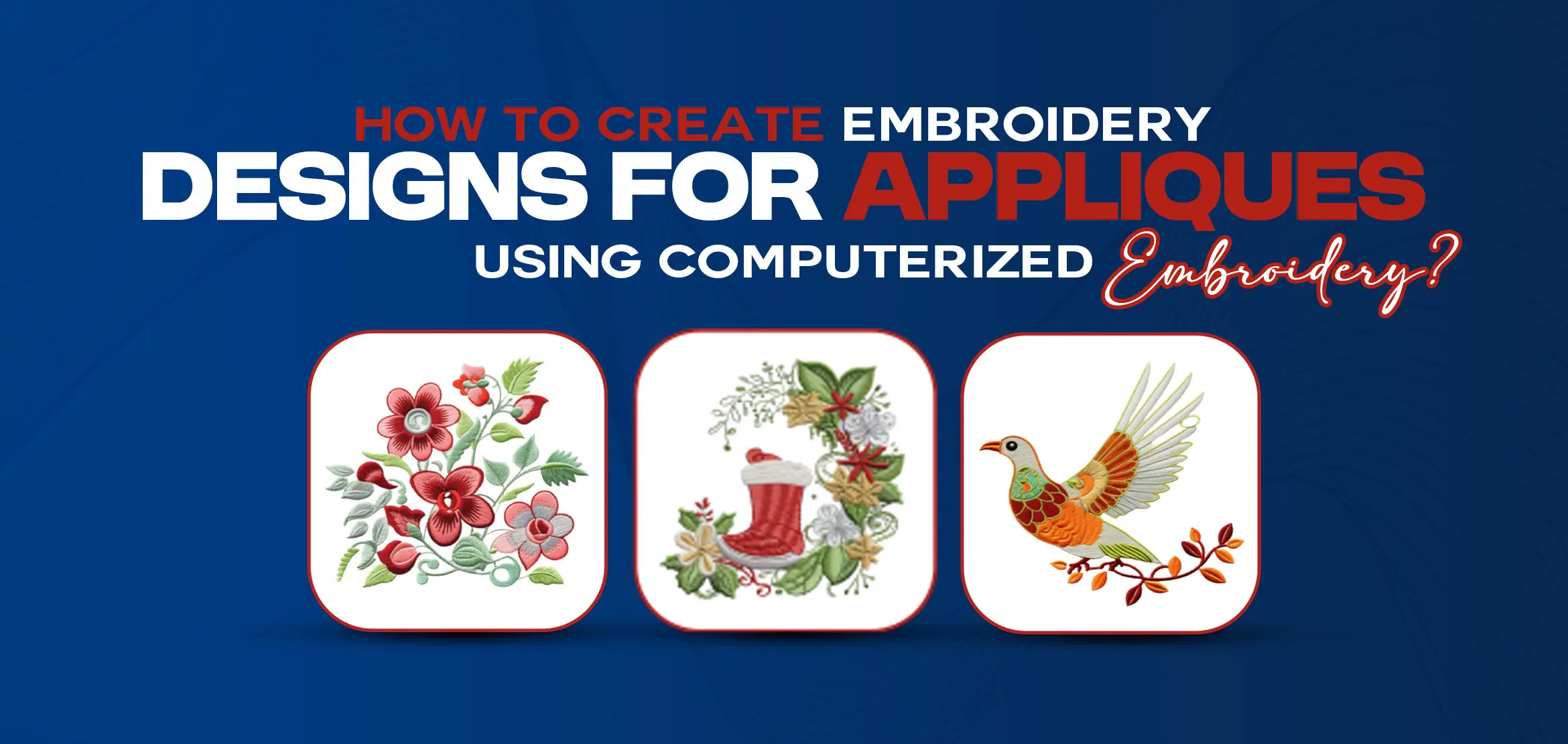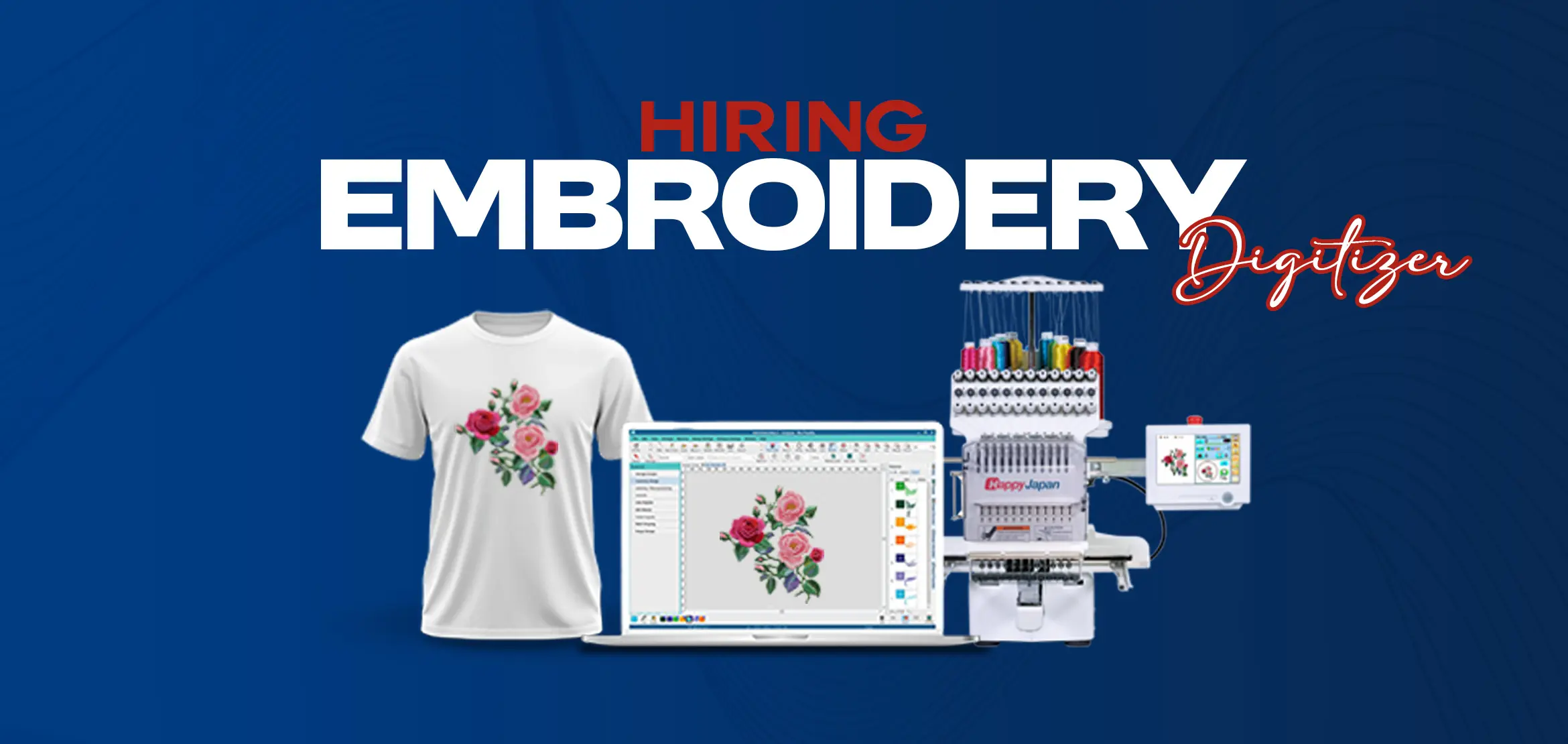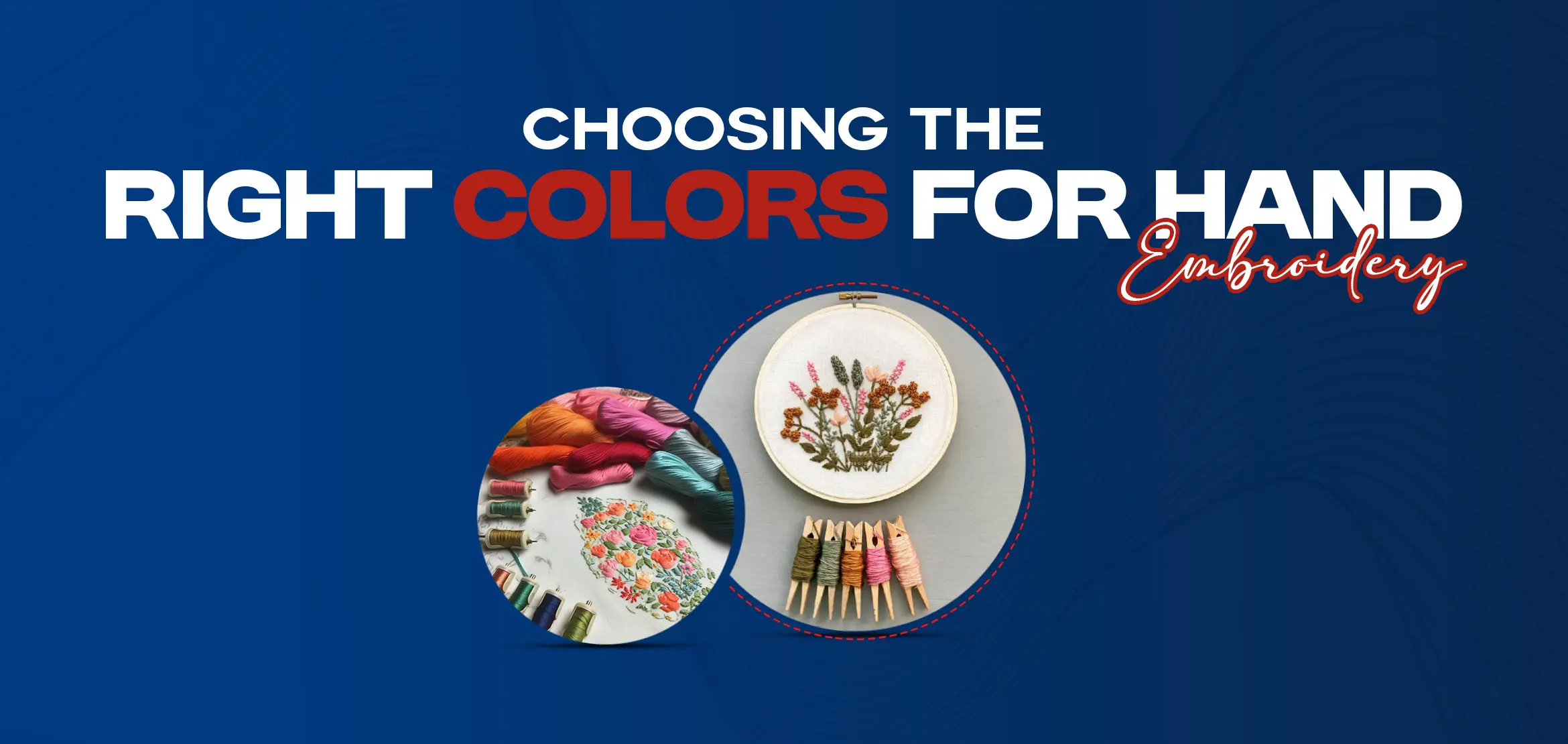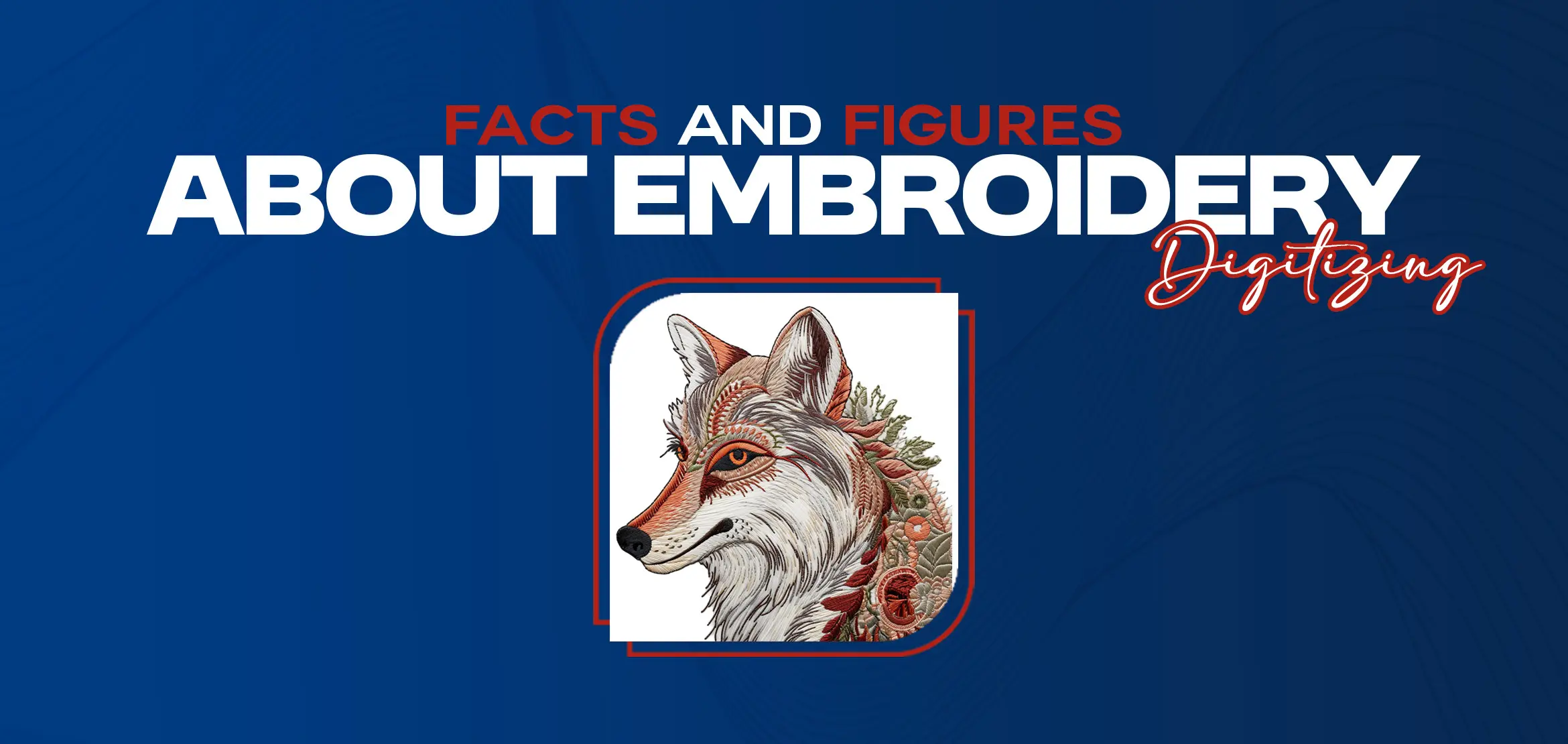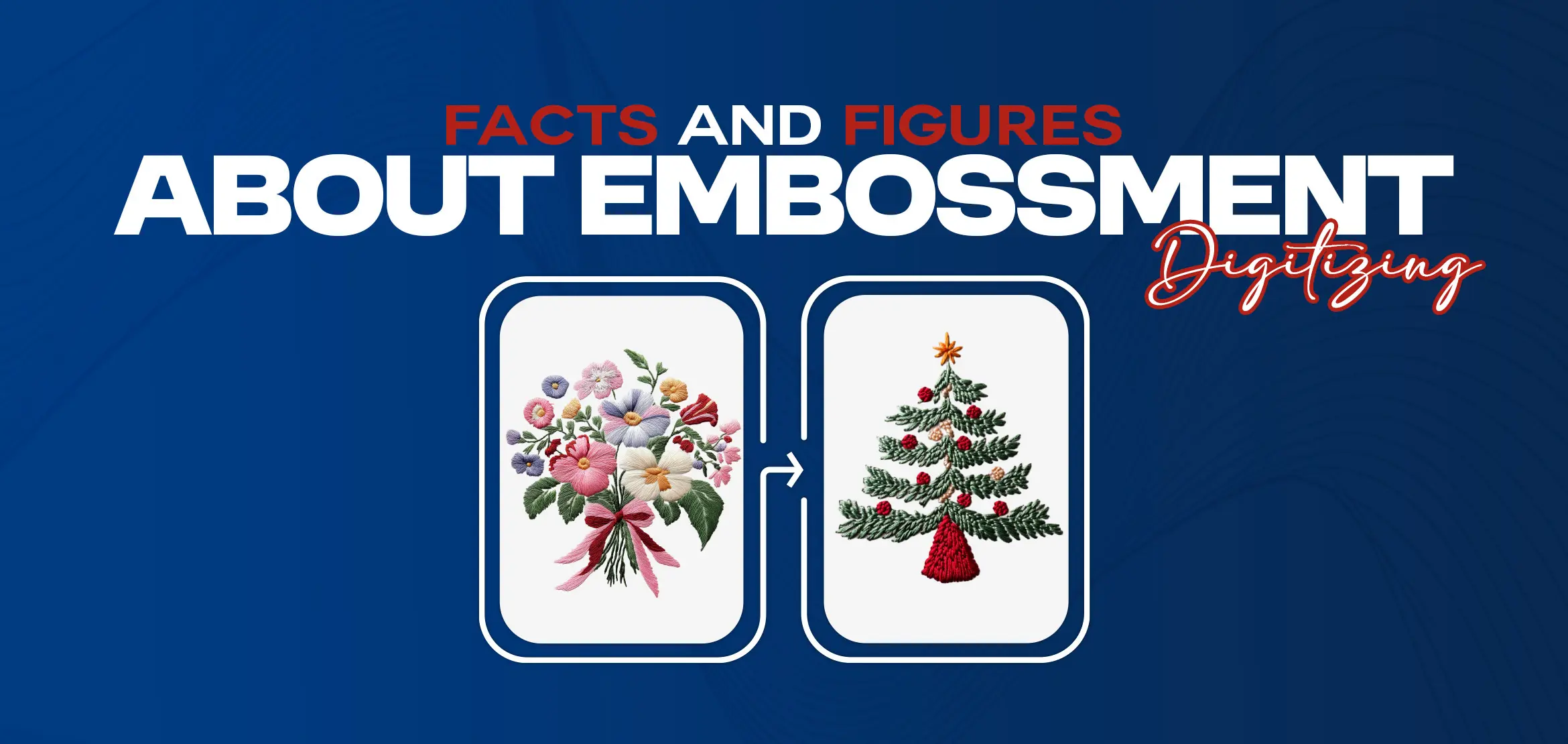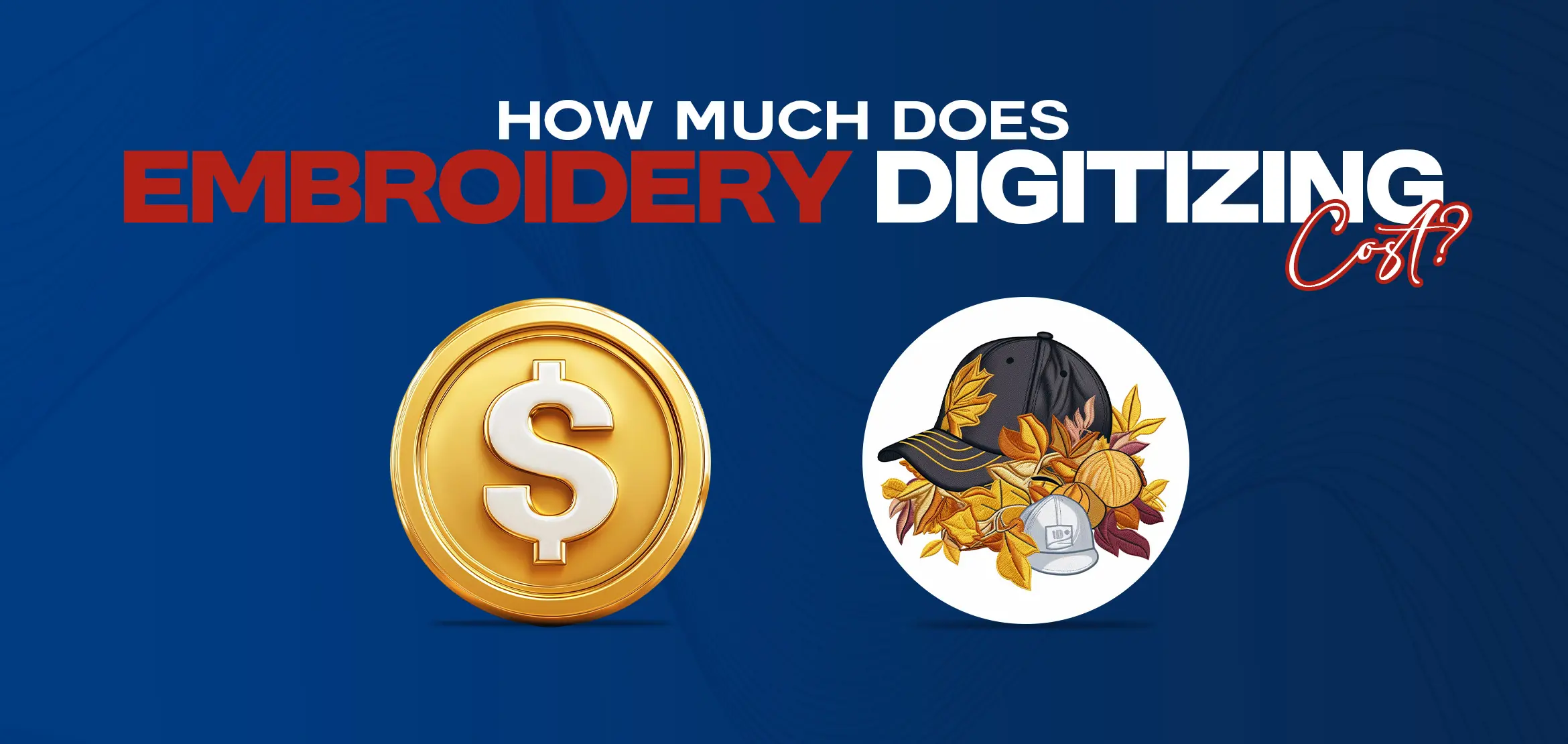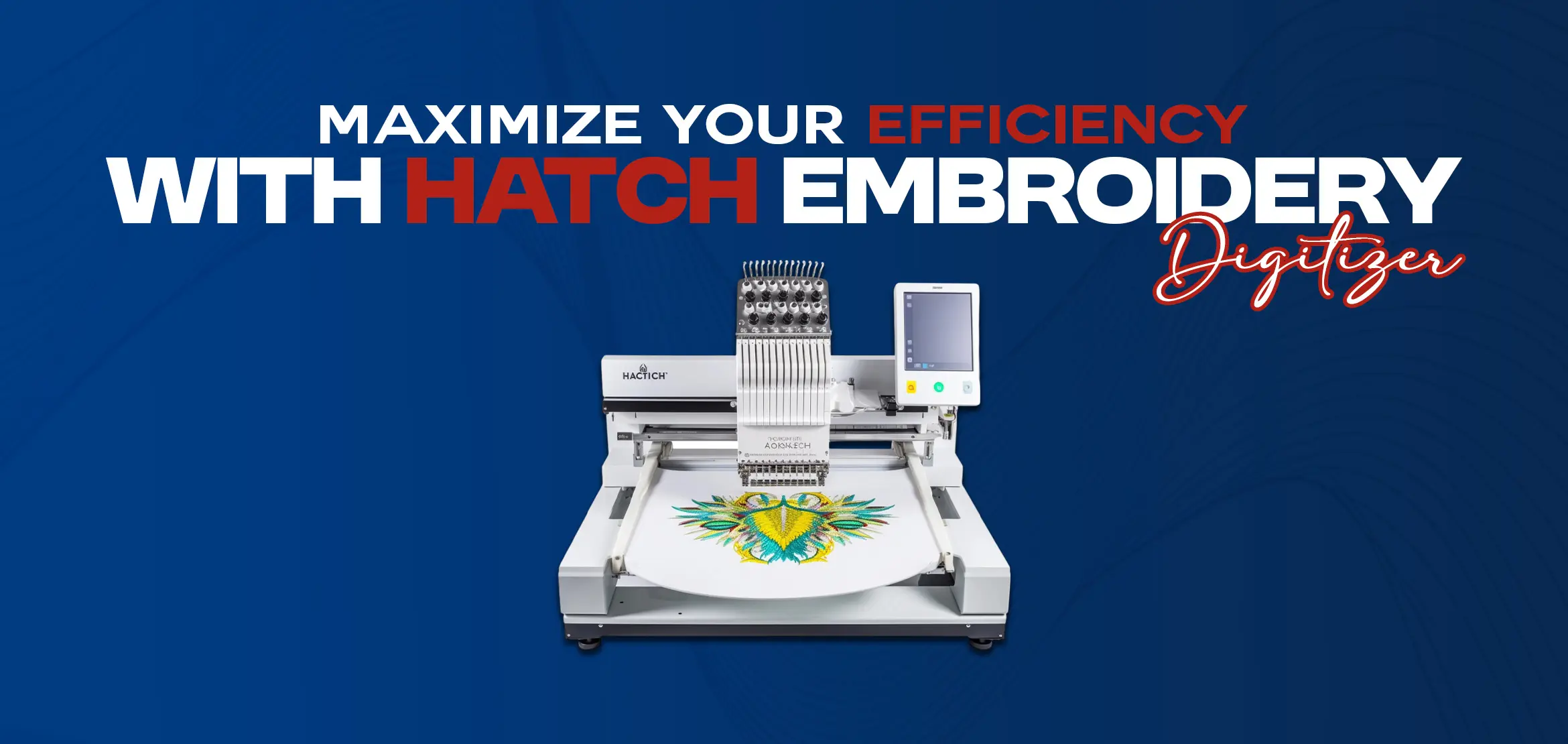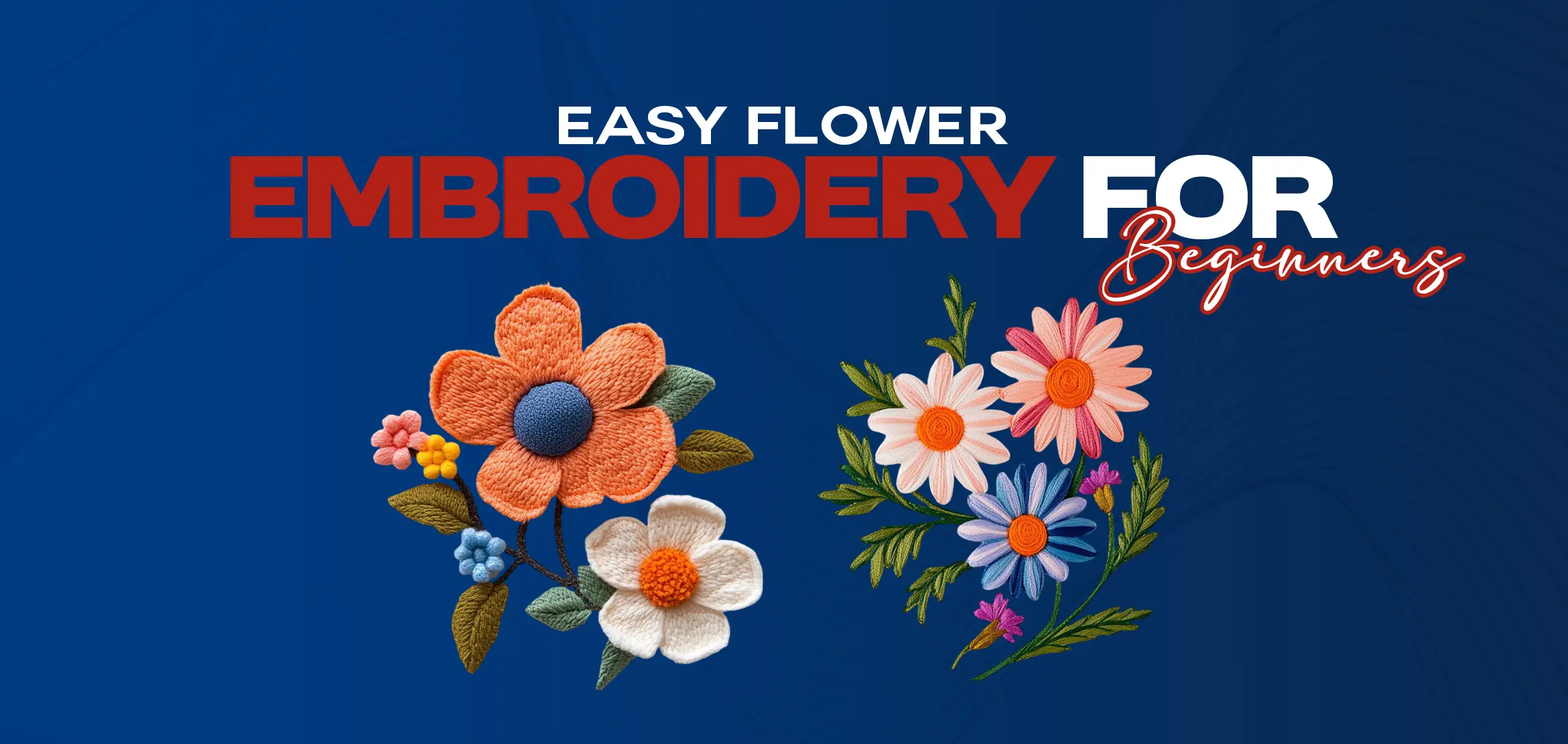
Easy Flower Embroidery for Beginners
Flower embroidery is a beautiful way to create floral designs using simple stitches. It's a great starting point for beginners to explore creativity and make stunning art. Basic stitches like the French knot, lazy daisy, chain stitch, and stem stitch are commonly used to bring flowers to life. These stitches help define shape, texture, and detail. Flower embroidery can be added to clothing, accessories, or home decor. With this easy guide, beginners can quickly learn and enjoy this art. Ready your embroidery machine, thread and fabric and let your creativity bloom.
Table Of Content
- Benefits of Flower Embroidery for Beginners
- Basic Stitches for Easy Flower Embroidery
- 1. French Knots
- 2. Straight Stitch
- 3. Lazy Daisy Stitch
- 4. Chain Stitch
- 5. Detached Chain Stitch
- 6. Satin Stitch
- 7. Fishbone Stitch
- Types of Flowers Embroidery Designs
- Popular and Beautiful Flowers to Embroider
- 1. Rose
- 2. Sunflower
- 3. Tulip
- 4. Daisy
- 5. Pansy
- Conclusion
- FAQs
Flower embroidery offers many benefits for those new to stitching. It’s not only beautiful but also a great way to learn basic techniques. Helps beginners practice essential stitches like French knots and lazy daisy stitch. Improves stitch placement, tension, and thread control. Encourages creativity with design, color, and layout. Builds confidence by working on manageable projects. Offers a fun and relaxing way to express personal style. So, explore flower embroidery designs and unlock your stitching potential. When starting with flower embroidery, it is important to familiarize yourself with some basic stitches. These stitches form the base for creating beautiful floral designs and allow beginners to build their skills and confidence. Here are a few essential stitches to get you started: 1. French Knots 2. Straight Stitch 3. Lazy Daisy Stitch 4. Chain Stitch 5. Detached Chain Stitch 6. Satin Stitch 7. Fishbone Stitch By practicing and mastering these basic stitches, beginners can start creating their own floral designs and explore more complex techniques. So grab your embroidery machine, choose your favorite flowers, and let your creativity bloom with these easy and essential stitches. In machine embroidery, French knots are often replaced by programmed satin stitch dots or manual settings using dense stitch points. These are great for flowers or small decorative elements. To get a knot-like effect, set your machine to a small circular satin stitch and reduce the stitch width. Use contrasting or bold thread colors to create small dots that look like rosebuds or seed centers. Adjust stitch density to control size and texture. Straight stitches are basic and widely used in machine embroidery, especially for flower stems, outlines, or small details. Use your embroidery software to draw straight lines where you want clean, simple designs. These lines can be stitched individually or repeated to fill larger areas. You can change the stitch length or layer the lines with different thread colors for a textured look. For machine embroidery, lazy daisy stitches are created using looped satin stitches arranged in a petal shape. These are often pre-digitized in floral pattern designs. You can digitize them by drawing teardrop or loop shapes in your software, and applying a narrow satin or fill stitch. Adjust the loop size and angle to make small or full petals. Use pastel threads for a delicate flower look. In machine embroidery, looped fill shapes are used to replicate chain stitches. These are great for flower stems, borders, and large petals. Set it to looped sequences that overlap slightly. Use this for outlines or long floral curves. Tight loops make bold lines, while loose loops give a softer finish. Detached chain stitches are used to form flower petals or leaf details. On machines, they are built by stitching small looped shapes individually, using satin or narrow fill stitching. Digitize each petal as a single closed loop, spaced evenly around a center. Adjust the size of each loop based on your flower design. These stitches work well for dainty flowers like daisies or vines. Satin stitch is widely used in machine embroidery to fill petals, leaves, or any solid floral areas. It creates a smooth, glossy surface with clean edges. To apply, draw your shape in the embroidery software. Keep stitch angles consistent for neat results. You can change the stitch length to make the petal ends look narrow or pointed. Use gradient shades for more realistic flower shading. While fishbone stitch is mostly a hand technique. It is done in machine embroidery using layered satin stitches placed at different angles. This is ideal for leaves or pointed petals. You can digitize this by creating a leaf shape and splitting it down the center. Apply angled satin stitches from each side toward the middle. This overlapping method gives a textured, natural look. Embroidered flowers are a popular choice for adding beauty and elegance to various projects. Different types of flowers can be used in embroidery designs, each with its own unique charm. From delicate roses to vibrant sunflowers, the possibilities are unlimited. Whether you prefer bold and colorful blooms or dainty and complex petals, there is a flower design to suit every taste and style. Floral embroidery designs often feature flowers such as daisies, tulips, lilies, and daffodils, just to name a few. These designs can be stitched using a variety of embroidery stitches, including the French knot, lazy daisy stitch, chain stitch, and satin stitch. By choosing the right combination of stitches and thread colors, you can bring these floral designs to life. Adding a touch of nature's beauty to your embroidery projects. With detailed step-by-step instructions and a bit of practice, beginners can easily create stunning flower embroidery pieces that are a joy to behold. So, why not pick your favorite flower and start stitching today? Embroidering popular and beautiful flowers is a great starting point for beginners in the art of embroidery. Not only are these flowers visually appealing, but they also have a range of shapes and textures to practice various embroidery stitches on. Here are a few popular flowers that beginners can embroider: A perfect example of beauty, the rose is a classic choice for floral embroidery. Its rounded petals can be achieved using satin stitch or lazy daisy stitch. Experiment with different colors and shades to bring your rose to life. Known for its vibrant yellow petals and dark centers, the sunflower can be embroidered using straight stitch or seed stitch. Add some dimension by using padded satin stitch for the center. With its distinctive shape, the tulip can be embroidered using long, straight stitches for the stem and detached chain stitch for the petals. Play around with different color combinations to create a stunning tulip bouquet. The daisy is a simple yet charming flower that can be easily embroidered using lazy daisy stitch. Use a contrasting color for the center and outline stitch for the petals to add depth and detail. Pansies come in a variety of colors and have a unique, three-dimensional shape. Use fishbone stitch for the petals to achieve a realistic effect. Experiment with shading techniques to create different color variations. Remember to always practice on a rough fabric piece before starting your final embroidery project. This will help you gain confidence and perfect your embroidery techniques. With these popular and beautiful flowers, beginners can create stunning floral designs that show their embroidery skills. At Digitizing USA, we provide popular and traditional embroidery designs at affordable prices across the USA. We offer high-quality work, and our team of expert digitizers creates professional, detailed designs tailored to your needs. So if you're struggling to create clean and professional embroidery patterns, don’t worry. Contact us today for custom embroidery designs at flat, budget-friendly rates. Whether you're working on florals, logos, or special projects, we’re here to help your embroidery stand out. Flower embroidery is an enjoyable and creative hobby, especially for beginners. Whether you’re using straight stitch or more complex stitch designs like fishbone stitch, each design brings a chance to grow your skills. You can create simple single flowers or detailed bouquets. Learn new techniques and add personal style to your garments and accessories. So pick your machine and favorite flower, and start stitching today. With a little practice, you’ll create beautiful floral designs that show your embroidery skills. Q1. What are the essential stitches for beginners in floral embroidery? Q2. How do I choose a design for flower embroidery? Q3. What thread is best for flower embroidery? Q4. How can I make my stitches look neat? Q5. What are popular flower designs for beginners?Benefits of Flower Embroidery for Beginners
Basic Stitches for Easy Flower Embroidery
1. French Knots

2. Straight Stitch

3. Lazy Daisy Stitch

4. Chain Stitch

5. Detached Chain Stitch

6. Satin Stitch

7. Fishbone Stitch

Types of Flowers Embroidery Designs
Popular and Beautiful Flowers to Embroider
.webp)
1. Rose
2. Sunflower
3. Tulip
4. Daisy
5. Pansy
Conclusion
FAQs
Start with basic stitches like straight stitch, chain stitch, satin stitch, lazy daisy, French knot, and detached chain stitch.
Pick simple floral patterns with fewer elements and clear shapes. Start with one flower or a small bouquet.
Use embroidery floss in multiple shades. Use 2–3 strands depending on your fabric and detail level.
Keep even tension, use a hoop, and make stitches uniform in size.
Start with daisies, roses, tulips, or pansies. You can add leaves, butterflies, or combine floral motifs with letters.
